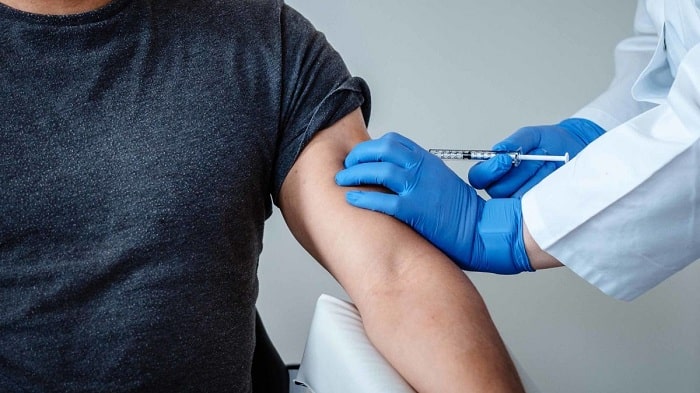As the first U.S. healthcare workers begin to receive COVID-19 vaccines, Microsoft has launched a vaccine management platform for both government and healthcare customers.
The tech giant is working with business partners including Accenture, Avanade, EY, and Mazik Global to deploy vaccine management solutions that enable registration capabilities for patients and providers, phased scheduling for vaccinations, streamlined reporting, and management dashboarding with analytics and forecasting, Microsoft said.
“To achieve the goal of an efficient, equitable, and safe delivery of the COVID-19 vaccine, close collaboration across agencies and partners will be the key to success,” said David Rhew, chief medical officer and vice president healthcare, worldwide commercial business at Microsoft in a blog post. “It is imperative that implementations be delivered on time and customized to meet the needs of every government and healthcare customer. As much as possible, newly introduced technologies should integrate with existing systems of record to keep workflow changes and costs to a minimum.”
Rhew said the underlying technologies and approach for the vaccine management solutions have been tested and deployed with prior COVID-19 use cases, including contact tracing, COVID-19 testing, and return to work and return to school programs.
“As much as possible, newly introduced technologies should integrate with existing systems of record to keep workflow changes and costs to a minimum,” he said.
Microsoft Consulting Services (MCS) developed an offering, the Vaccination Registration and Administration Solution (VRAS), that enables the tracking and reporting of immunization progress through secure data exchange that utilizes industry standards, such as Health Level Seven (HL7), Fast Healthcare Interoperability Resources (FHIR) and open APIs, he said.
Health providers and pharmacies can monitor and report on the effectiveness of specific vaccine batches, and health administrators can easily summarize the achievement of vaccine deployment goals in large population groups.
Industry partners have leveraged Microsoft’s cloud capabilities and applied APIs, HL7 and FHIR to enable interoperability and integration with existing systems of record, artificial intelligence to generate accurate and geo-specific predictive analytics, and secure communications using Microsoft Teams, the tech giant said.
EY?collaborated with Microsoft to create a vaccine management solution built on multiple Microsoft technologies including Microsoft Azure, Dynamics 365, Power BI, and Power Platform to enable patient-provider engagement, supply chain visibility, and Internet of Things (IoT) real-time monitoring of the vaccines. The companies also developed an integrated COVID-19 data and analytics tool to help healthcare organizations understand the population and geography-specific vaccine uptake.
Another partner, Mazik Global built a solution that enables providers to be able to seek out specific populations based on at-risk criteria to prioritize distribution. Providers also can monitor inventory levels as well as the temperature of the vials to help get the vaccine to patients quickly.
Providence St. Joseph Health has leveraged its technology partnership with Microsoft to quickly roll out new digital health tools to aid in combatting the pandemic. Working with Nuance and Microsoft, Providence is using ambient sensing technology to document patient care. Nuance Dragon Ambient eXperience combines Nuance’s conversational AI technology with Microsoft Azure to securely capture and contextualize every word of the patient encounter – automatically documenting patient care without taking the physician’s attention off the patient, the health system said.
“Given the global scale of the pandemic, the role of technology is critical. It’s key in nearly every facet of addressing COVID-19, from screening and triage, virtual care, accelerated drug and vaccine discovery, data sharing, exposure tracking, return to work & school, and vaccine distribution,” Rhew said.


















